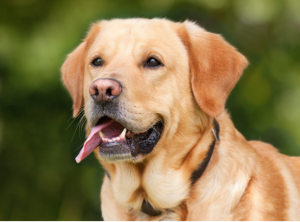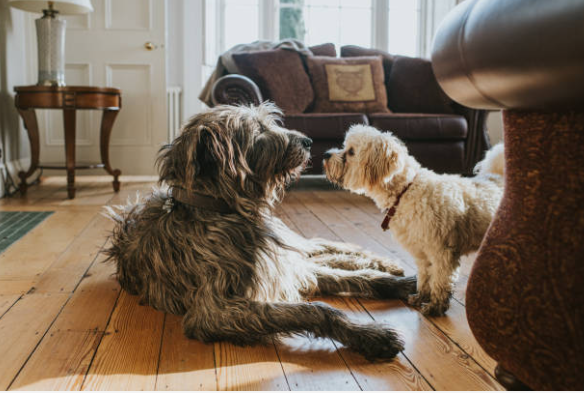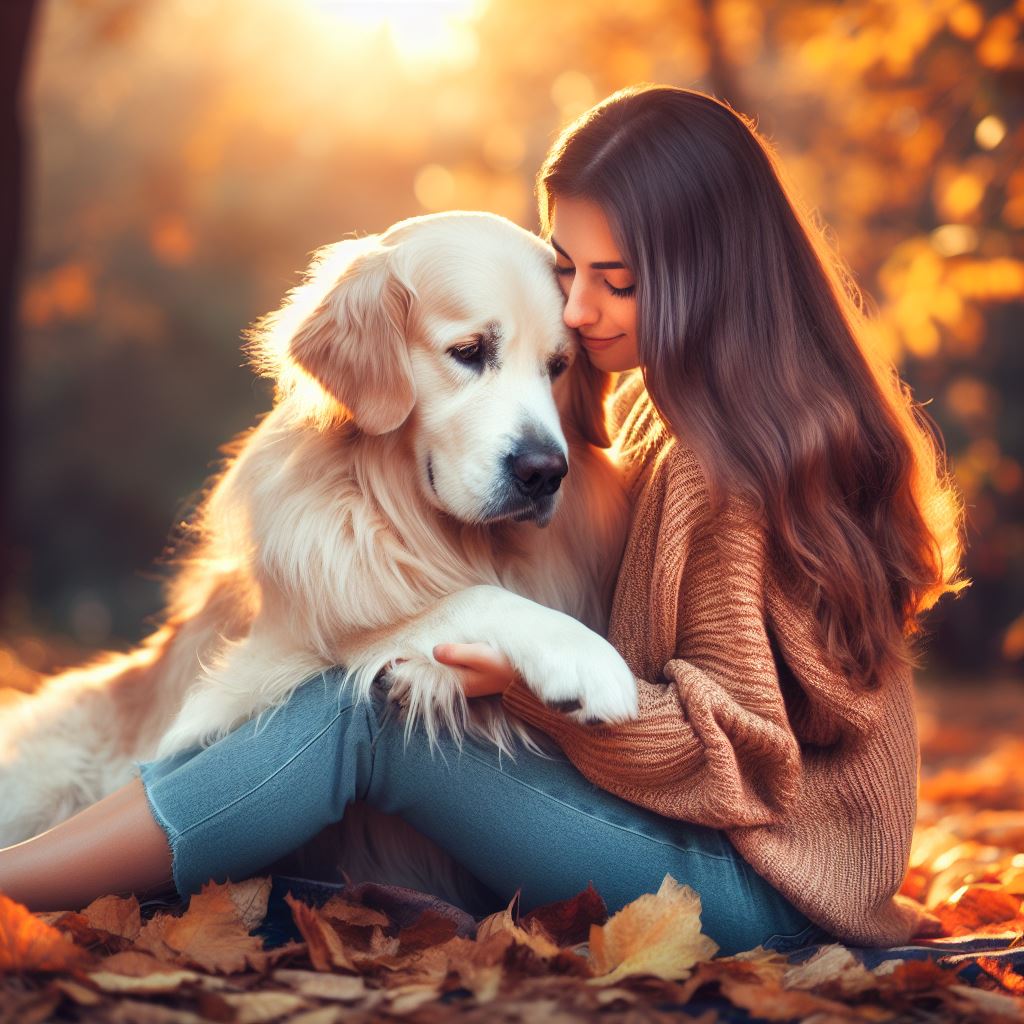The Heat Period in Dogs: What You Need to Know
The heat period in dogs is called the estrus cycle. It is when a female dog is fertile and can get pregnant. The average heat cycle lasts 18 days but can range from 2 to 4 weeks. The cycle is divided into four stages:
- Proestrus: This is the beginning of the heat cycle. The vulva will start to swell, and there may be some bleeding. This stage lasts for about 7-10 days.
- Estrus: This is the mating period. The vulva will continue to swell, and the bleeding will stop. The dog will be receptive to male dogs during this time. This stage lasts for about 5-10 days.
- Diestrus: This is the resting period. The vulva will return to standard size, and there will be no bleeding. The dog is not fertile during this time. This stage lasts for about 60-90 days.
- Anestrus: This is the period when the dog is not in heat. This stage can last for 2-8 months.
The first heat cycle in a female dog usually occurs when she is 6-12 months old. However, it can happen as early as four months or as late as two years old. The frequency of heat cycles can vary depending on the dog’s breed, size, and overall health. Small dogs tend to go into heat more often than large dogs.
If you do not want your dog to get pregnant, it is essential to spay her. Spaying is a surgical procedure that removes the ovaries and uterus. It is a safe and effective way to prevent pregnancy.
Signs that your dog is in a heat period
The signs that your dog is in heat period can vary from dog to dog, but some of the most common symptoms include:
- Swollen vulva: The vulva is the opening at the bottom of the dog’s abdomen. It will become swollen and red during the heat period.
- Bloody discharge: There may be a bloody discharge from the vulva. This discharge will usually stop after a few days.
- Increased licking of the vulva: Your dog may lick her vulva more often during the heat period.
- Changes in behavior: Your dog may become more affectionate, restless, or aggressive during the heat period.
- Increased urination: Your dog may urinate more often during the heat period. This is because she is releasing pheromones that attract male dogs.
- Flagging: Your dog may lift her tail to the side and expose her vulva to male dogs. This is a sign that she is receptive to mating.
If you notice any of these signs in your dog, you must take her to the veterinarian to rule out any medical problems. The veterinarian can also advise you on how to care for your dog during her heat period.
Tips on how to help your dog during her heat cycle
- Keep her confined to a safe area where she cannot roam and attract male dogs.
- Clean her vulva regularly to prevent infection.
- Use a doggy diaper to contain any bleeding or discharge.
- Be prepared for her to be more affectionate or aggressive than usual.
- If you have other dogs in the house, keep them separated during her heat cycle.
Talk to your veterinarian if you have any concerns about your dog’s heat cycle.
Additional things to keep in mind about the heat period in dogs
- The discharge from a dog in heat can be bloody or clear. It is essential to clean the vulva regularly to prevent infection.
- Some dogs may experience behavioral changes during their heat cycle. They may be more affectionate, aggressive, or restless.
- If you are not planning to breed your dog, keeping her away from male dogs during her heat cycle is essential.
- Spaying is a safe and effective way to prevent pregnancy and health problems associated with the heat cycle.



